


It begins with Dante’s pulsating finger pointing towards a kneeling angel’s face. He is flanked by three others, who are all tugging at his clothing suggestively and you’re still on the title screen. Then the intro begins, and you think Dante is a bit of a womanising prick, but then, you see him get dressed in mid-air during a demon attack.
DmC: Devil May Cry, should be enjoyed with your tongue planted firmly into your cheek, eyeballs bulging and a little bit of drool hanging from the corner of your mouth. If you accept it for what it is, you will grow accustomed to its individual charm as I did.
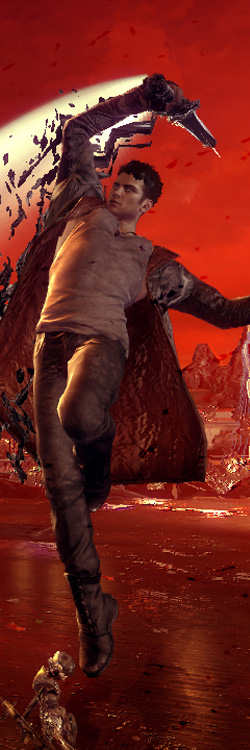 The cutscenes are all well directed and furiously hyperactive. The cringe-worthy one liners from previous games are all present, and short dark hair or not, Emo-Dante is the same Dante you know and love—albeit a younger, more cock-sure version of himself.
The cutscenes are all well directed and furiously hyperactive. The cringe-worthy one liners from previous games are all present, and short dark hair or not, Emo-Dante is the same Dante you know and love—albeit a younger, more cock-sure version of himself.
The facial movements on the characters, and indeed the voice acting, is all consistently impressive. Ninja Theory’s flair for storytelling and characterisation is omnipresent as you’re playing—breathing life into each character, with maybe just a few too many taps on the ‘swear’ button. Although this does fit with the universe, as I can’t imagine meeting many polite demons.
Later, I forgave much of the juvenile humour, as I watched Dante grow as a character throughout the story arc.
Another area that Ninja Theory have outdone themselves is in crafting the environments. Each one feels different and is littered with hidden corners, containing Lost Souls, (read: collectibles) handy items and even secret missions, where you must defeat the enemy under strict parameters.
Everything is blasted with deep colour and it feels like a visual treat, especially after gaming’s recent obsession with ‘realism’.
Most levels take place entirely within the demon realm, Limbo. Within this nightmarish dimension, the environments shift like bacteria, twisting around, pulling platforms away and barring progress. A clever narrative trick for closing areas off, but also eye-candy. I know it’s cliche, but each level feels like its own character, and each has its own identity.
The way you navigate this twisted terrain is a masterstroke.
The game takes advantage of Dante’s existing moveset. With many moves performing a similar function both within and outside of combat. For example, a relatively short way into the game, Dante is granted with a grappling hook—this is used inside combat to both pull enemies towards you and to pull yourself towards enemies. During exploration the same hook is used to pull platforms towards you and to hook you towards grapple points.
The platforming sections, surprisingly, don’t feel out of place and manage to never evoke frustration. Once you get used to the moves required for traversal, these sections flow like water.
Which is a good job, because they would be a stark contrast against the tender meat of the game: combat.
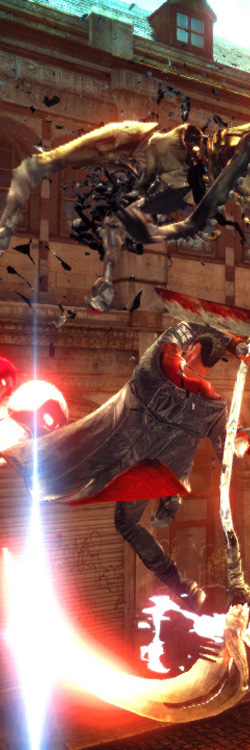 I enjoyed the combat in this installment far more so than I did in its forebears. The combos feel completely organic, and you can slip from one to another, seamlessly and with an effortless grace - that is, once you get used to playing Dualshock Twister.
I enjoyed the combat in this installment far more so than I did in its forebears. The combos feel completely organic, and you can slip from one to another, seamlessly and with an effortless grace - that is, once you get used to playing Dualshock Twister.
It starts off simply enough, and increases in complexity at a good rate, getting the pleasantries out of the way as fast as possible. Even after you’ve been granted your main arsenal, progression comes at a steadily, spoon-feeding you unlockable moves that you can purchase in any order you wish.
You can tap out a normal combo, or pause after the second hit to perform an alternate attack—its visual cue is the flash of your blade. Some are arcing, some pull enemies towards you and others smash the enemy into the air. You can then pull yourself into the air and continue the barrage, firing your selected firearm at distant enemies interrupting any attacks they may be preparing.
The fighting is relentless and frantic, and you can complete any fight in one, flawless combination. You hold down the right trigger to use one of you powerful, slower weapons. Whereas the left trigger causes Dante to use a sweeping, speedy death-stick. Once switching becomes second-nature you can dance across the battlefield like a mosquito on a lake.
Each weapon uses the same combination of buttons as the others to perform their various attacks, but each has a different functionality. Whether used to scoop an enemy into the air with you, or to distract enemies whilst you concentrate on another. Once you learn these little intricacies they all work together in tandem. This frees up your mind to think more strategically, rather than trying to memorise button inputs.
There is a right answer to any encounter. And each move in Dante’s repertoire is designed specifically for any given situation. It never feels unfair, and if you do die, you can be sure it was your fault.
You cannot block, constant movement is required and your wrist will hurt. Your only defence is to get airborne, to perform a timed roll away from danger, or a perfectly timed strike will parry the enemy’s attack, and break their guard. Evades can be performed whilst in the air as well, which is handy for when a projectile is inevitably spewed in your direction.
When Dante is backed against a wall, you can activate Devil Trigger, sending enemies into the air and increasing your damage output, and simultaneously sending fanboys into spasms of joy at the return of Dante’s signature white hair.
Another thing the game gets right, that so many others get wrong, is the ‘boss’ encounters. Again, Ninja Theory take advantage of Dante’s moveset, never falling back on a lazy QTE section. These encounters feel epic and involving, as they should.
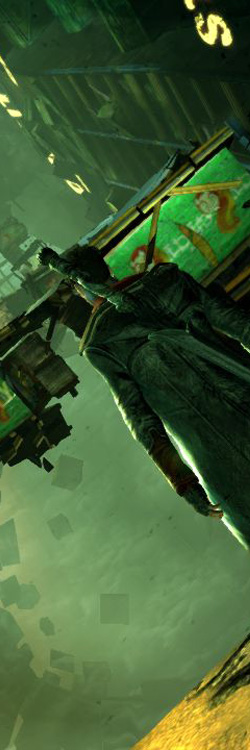
The soundtrack fits the action like a rubber glove. Frantic guitar riffs penetrate the action, and get the blood pumping, and in some sections, the crunches, cracks and booms of combat are layered with techno wizardry. Until, inevitably, the music fades out—because you died.
Dying isn’t that common in the standard Demon Hunter difficulty selection, but the game is designed to be played multiple times, vying for that number one spot on the leaderboard. Upon completion you unlock the Son of Sparda difficulty, which not only ups the ante with more enemies, but since you get to keep all the skills and weapons you acquired in your initial playthrough, it also throws in weapon-specific foes with increased aggression.
This mode makes it feel like a different beast, and is extremely challenging. Which also makes it feel that much more rewarding. It won’t hesitate to pit you against legions of the strongest creatures in the game.
You are ranked at the end of each mission by how stylishly you fought, the overall completion of the level, the time it took you to complete and also if you used any items, or died. Many with a competitive streak, myself included, will find themselves captivated. And if a game were to be held up as a prime example of one that benefits from online connectivity, this is it.
The only downside to having a competitive nature, is that you feel compelled to rush through the levels, in the hunt to better your score. Skipping past the beautiful detail of the world Ninja Theory created. But I reiterate, you will play through multiple times, and because of the time constraints, the scenery never becomes dull.
Other than the adolescent cries of “OMG he got dark hair”, I could understand the outcry of a beloved franchise being outsourced to another company. Ninja Theory’s previous games were great, and they were in the correct genre. My only worry was that they couldn’t replicate the ferocious speed of a DmC game.
I was wrong.
Capcom has obviously had some input on the combat side of things and it has clearly been a collaborative process. Each studio playing to the others’ strength, and creating something spectacular in the process. Remember how I said Ninja Theory made great games? Well, this is their best yet.
8 out of 10

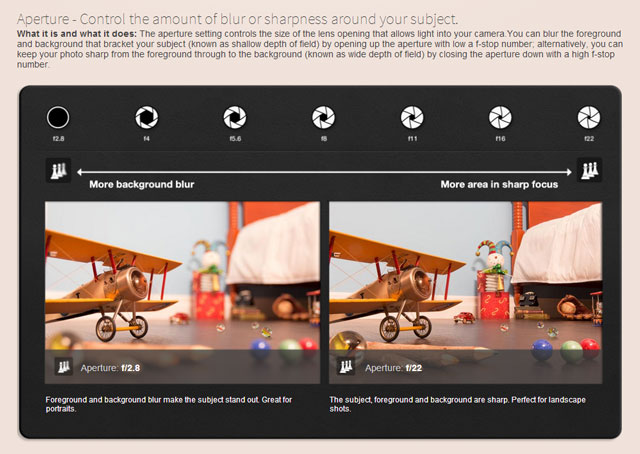
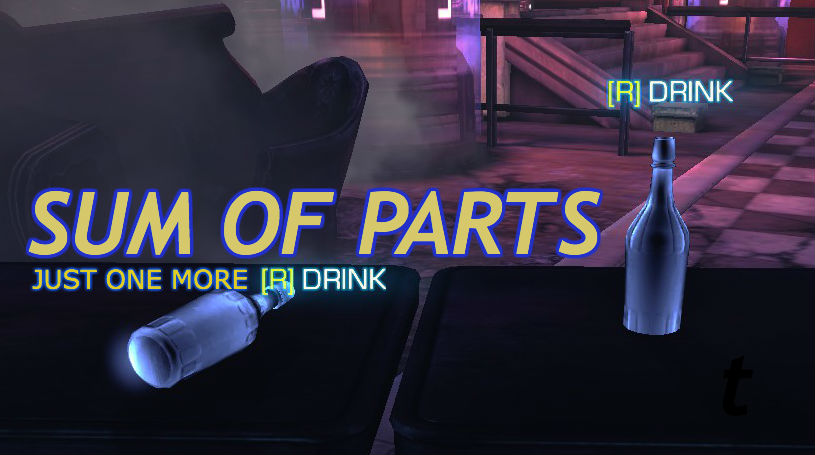

 Rocket League PC Error Guide: Fix For Black Screen Split, Camera Issues, Controllers Not Working, Game Save Data
Rocket League PC Error Guide: Fix For Black Screen Split, Camera Issues, Controllers Not Working, Game Save Data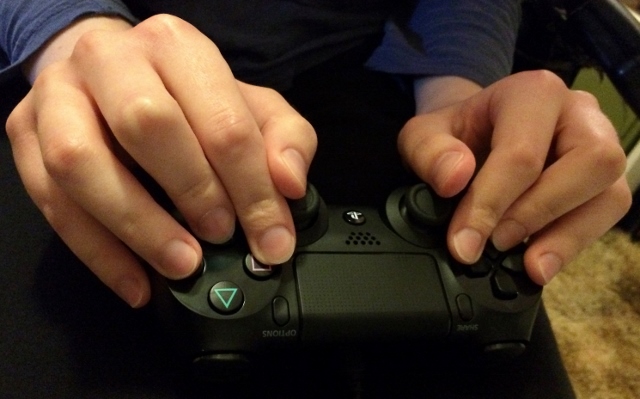 How A PC Gamer Learned To Love the PS4
How A PC Gamer Learned To Love the PS4 How to Make Your Own Christmas Card in Photoshop
How to Make Your Own Christmas Card in Photoshop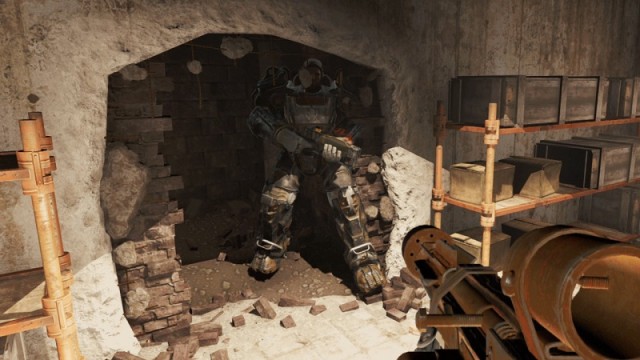 How to Disable Character Light for all of the NPCs, Enemies and the Player in Fallout 4
How to Disable Character Light for all of the NPCs, Enemies and the Player in Fallout 4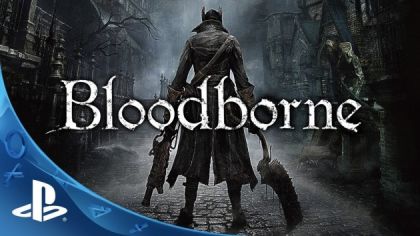 Bloodborne Guide To Play Co-op, Beat Cleric Beast, Insights, Sinister Resonant & Beckoning Bells etc
Bloodborne Guide To Play Co-op, Beat Cleric Beast, Insights, Sinister Resonant & Beckoning Bells etc